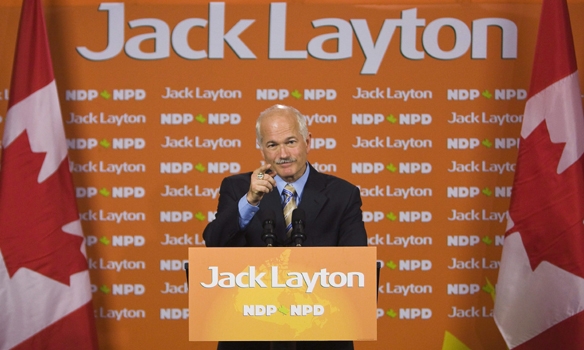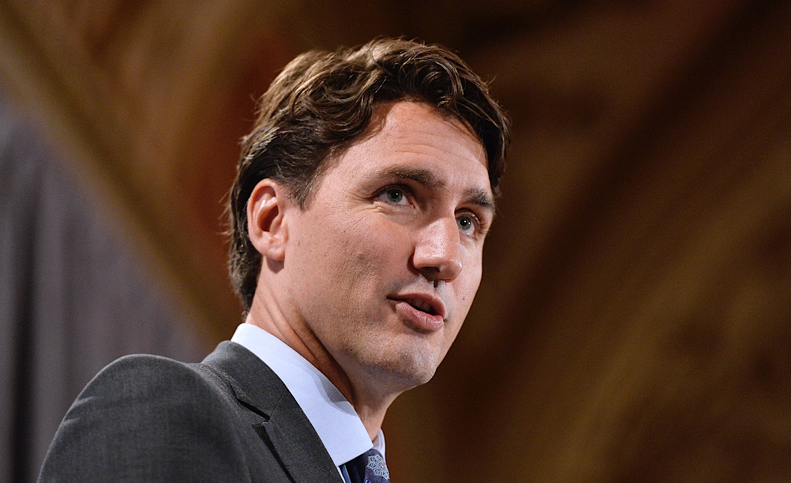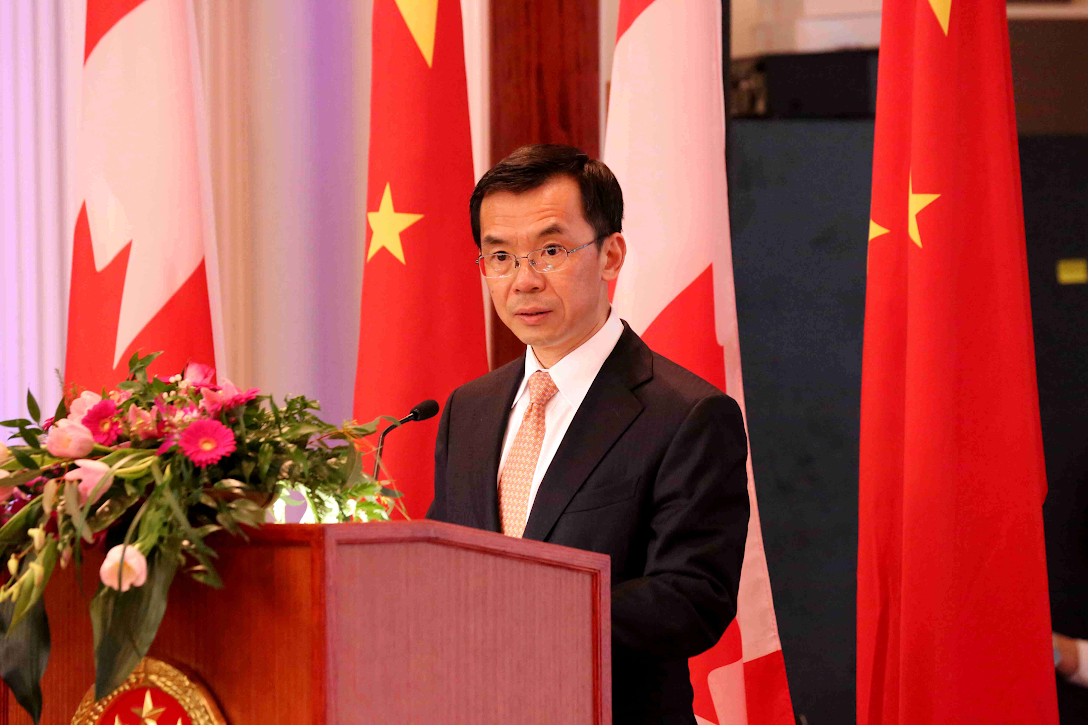
China: The Long Game
Chinese Ambassador Lu Shaye
The Chinese Are Playing the Long Game in the Canada-China Free Trade Talks
冰冻三尺,非一日之寒
The Chinese have a saying Bīng dòng sān chǐ, fēi yí rì zhī hán – which literally translated means, Three feet of ice is not formed in a single day. When used as part of the narrative in the Canada China Free Trade discussions, it basically means, Rome wasn’t built in a day. This saying aptly describes how the Chinese are approaching a potential free trade agreement with Canada. They are playing the long game of patience, no timelines and a belief that their agenda for trade with Canada will eventually come their way. Prime Minister Trudeau has said that moving forward on a trade agreement with China is a big thing, not a small thing. For Trudeau this means pursuing “progressive trade” that includes chapters on the environment, gender and labour standards as part of any negotiation. The problem is the Chinese aren’t interested in that agenda. (Nor are the Americans, Canada’s largest trading partner!)
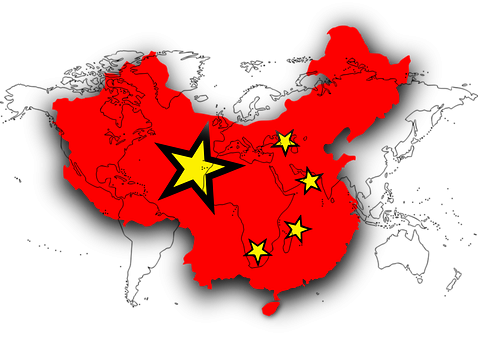 The population of China is 1.4 billion people. Canada’s is 38 million. From that perspective it is certainly audacious for Canada to try to assert what the terms of a trade agreement will be with China, especially when those terms include items the Chinese will not engage. While both countries believe in trade liberalization and removing barriers to investment, China currently dominates the $90-billion bi-lateral trade relationship; its exports to Canada were worth more than $64-billion in 2016 and the gap has grown every year since 2012. So, based on the numbers, China has the upper hand in any trade talks. This message was reinforced in April when Chinese Ambassador to Canada Lu Shaye met with Ottawa Life Magazine and a small group of Parliamentary reporters at the Chinese Embassy. Speaking through an interpreter, Lu told reporters that Canada’s “so-called” progressive trade agenda has no place in the free trade agreement the two countries have been discussing for several years. He added that “China’s leaders are not interested in entrenching labour, gender, environment and governance issues in the negotiating framework of any free trade talks with China.” Lu cited the NAFTA agreement between Canada and the United States and Mexico as an example saying “Canada does not tell Mexico what their labour wages should be and it is the same for China. If Mexico were to accept such a standard, many of the factories would close down and their workers would be laid off.” Still, Lu remains very optimistic about the Canada-China relationship calling it “warm”. He says China “definitely has no deadline for starting formal trade negotiations” despite four rounds of exploratory talks. Lu says, “We have reached consensus on extensive issues, but (there) still remains some differences on the so-called progressive trade factors.” He believes the key aspects of a potential FTA between Canada and China will evolve around on agreeing on how to respect boundaries. “It is the national conditions that really matters. Canada will not tell China what it will pay its workers and they should not seek to do this,” says Lu. When asked if China and Chinese companies will respect Canadian labour laws if they are doing business in Canada, Lu categorically responds with a firm, “Yes.”
The population of China is 1.4 billion people. Canada’s is 38 million. From that perspective it is certainly audacious for Canada to try to assert what the terms of a trade agreement will be with China, especially when those terms include items the Chinese will not engage. While both countries believe in trade liberalization and removing barriers to investment, China currently dominates the $90-billion bi-lateral trade relationship; its exports to Canada were worth more than $64-billion in 2016 and the gap has grown every year since 2012. So, based on the numbers, China has the upper hand in any trade talks. This message was reinforced in April when Chinese Ambassador to Canada Lu Shaye met with Ottawa Life Magazine and a small group of Parliamentary reporters at the Chinese Embassy. Speaking through an interpreter, Lu told reporters that Canada’s “so-called” progressive trade agenda has no place in the free trade agreement the two countries have been discussing for several years. He added that “China’s leaders are not interested in entrenching labour, gender, environment and governance issues in the negotiating framework of any free trade talks with China.” Lu cited the NAFTA agreement between Canada and the United States and Mexico as an example saying “Canada does not tell Mexico what their labour wages should be and it is the same for China. If Mexico were to accept such a standard, many of the factories would close down and their workers would be laid off.” Still, Lu remains very optimistic about the Canada-China relationship calling it “warm”. He says China “definitely has no deadline for starting formal trade negotiations” despite four rounds of exploratory talks. Lu says, “We have reached consensus on extensive issues, but (there) still remains some differences on the so-called progressive trade factors.” He believes the key aspects of a potential FTA between Canada and China will evolve around on agreeing on how to respect boundaries. “It is the national conditions that really matters. Canada will not tell China what it will pay its workers and they should not seek to do this,” says Lu. When asked if China and Chinese companies will respect Canadian labour laws if they are doing business in Canada, Lu categorically responds with a firm, “Yes.”
Canada mainly exports natural resources to China, and largely imports manufactured goods.
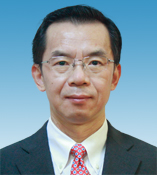 The biggest imports are mechanical appliances and electrical equipment followed by consumer goods, like toys and clothing. China is a major buyer of Canadian wood and paper products, fish products and oilseeds like canola. The Canadian government continues to express concern with China over issues related to intellectual property rights, cyber security transparency and the bulk sale of water. In June 2017, after years of talks, Canada and China formally established a working agreement with China on cybersecurity where both countries agreed to not to engage in the state-sponsored hacking of each other's trade secrets and business information. Canadian officials say the hacking from China was very problematic and is still a going concern post agreement with verification being a key irritant. Canada has no plans to enter into any bulk water agreements with China. Lu says that China respects international rules regarding intellectual property rights and will continue to do so. Unlike a decade ago, China is now becoming a holder of very important intellectual property as well as an acquirer. This evolution has meant that China is at least as much concerned about other countries acquiring their intellectual property as they are in taking it from others.
The biggest imports are mechanical appliances and electrical equipment followed by consumer goods, like toys and clothing. China is a major buyer of Canadian wood and paper products, fish products and oilseeds like canola. The Canadian government continues to express concern with China over issues related to intellectual property rights, cyber security transparency and the bulk sale of water. In June 2017, after years of talks, Canada and China formally established a working agreement with China on cybersecurity where both countries agreed to not to engage in the state-sponsored hacking of each other's trade secrets and business information. Canadian officials say the hacking from China was very problematic and is still a going concern post agreement with verification being a key irritant. Canada has no plans to enter into any bulk water agreements with China. Lu says that China respects international rules regarding intellectual property rights and will continue to do so. Unlike a decade ago, China is now becoming a holder of very important intellectual property as well as an acquirer. This evolution has meant that China is at least as much concerned about other countries acquiring their intellectual property as they are in taking it from others.
The Trudeau government also believes that it is appropriate for Canadian global affairs officials to raise human rights issues in their ongoing dialogue with China, whether it’s on trade or other matters. For their part, the Chinese continue to politely listen to Canada’s concerns when raised. Then, they firmly respond that China has moved 800 million people out of poverty in the last three decades and made great strides in many human rights matters and then move on to the next agenda item.
On the natural resources front, Canada has proven to be a reliable and stable energy supplier for China. The Chinese have made multi-billion-dollar investments in Canadian oil companies like Penn West Energy, Syncrude and Athabasca Oil Sands. China is seeking tariff-free access to Canada for its exports and the freedom for its state owned companies to invest where they want. Last October, the CCCC International Holding Ltd., of China made a $1.5-billion bid to acquire Aecon Group Inc., which has a long history of participation in Canadian construction and engineering projects such as the CN Tower, Vancouver’s SkyTrain, the St. Lawrence Seaway and the Halifax shipyard. The CCCC International Holding Ltd. (CCCI) is a subsidiary of China Communications Construction Company Ltd. (CCCC) and is one of the world’s largest engineering and construction firms. In 2016 it generated revenue of US$62 billion in 2016 and its core business activities include the construction of ports, roads, terminals, bridges, rail and tunnels. Canada’s Aecon had sales of $3.2 billion in 2016. The deal is controversial in Canada because many Canadian feel the Chinese are swallowing up whole one of Canada’s most successful engineering firms. Officials in Canada’s security agencies have suggested that there is “a potential of injury to national security,” if the deal proceeds. The Canadian government is still reviewing the deal but more analysts say they would be shocked if the government stopped the deal. Ambassador Lu says “there should be no concerns about the proposed acquisition of Aecon. I think the Canadian media or the Canadian public is too sensitive about the Aecon case because Aecon is just a construction company. From your side, you have your rules and regulations on the foreign companies overtaking Canadian companies. I think for the national security issue it is your internal affairs. The Chinese side does not want to interfere (with) it.” Lu says China just wants Canada to apply the same standards for Chinese companies as it does for foreign companies from other countries proposing to take over Canadian firms.
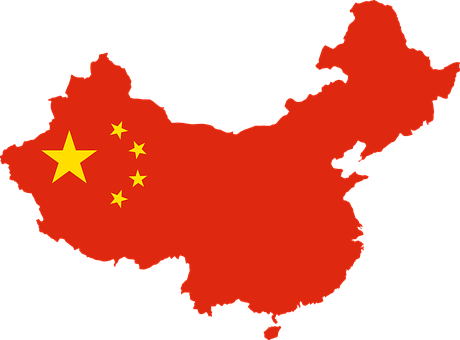 For its part, the Canada is seeking reciprocal privileges and discussions on intellectual property, dispute settlement mechanisms and regulatory harmonization. The elephant in the room is whether or not Canada and its highly paid work force will agree to participate in a comprehensive economic and trade agreement with a very powerful yet very low-wage China? Lu’s comments make it clear that the Chinese are not prepared to negotiate matters related to labour wages in China and are willing to play the long game and wait it out.
For its part, the Canada is seeking reciprocal privileges and discussions on intellectual property, dispute settlement mechanisms and regulatory harmonization. The elephant in the room is whether or not Canada and its highly paid work force will agree to participate in a comprehensive economic and trade agreement with a very powerful yet very low-wage China? Lu’s comments make it clear that the Chinese are not prepared to negotiate matters related to labour wages in China and are willing to play the long game and wait it out.
The reality is that China views trade through a very different lens than western countries. For several years, President Xi has positioned China as a supporter of free trade and of the world’s rules-based global trading order.
Lu says that “China has taken active measures to promote economic globalization, to advance free trade and to uphold the authority of the multilateral trade regime. These kinds of actions are fully different from that of the U.S. ‘America First’ initiatives and its measures.” He views the current China-USA friction on trade as being the result of the U.S. taking “an aggressive stance” that may preclude the possibility for China to have successful trade negotiations with the United States. It is interesting to note that China has developed as rapidly as it has under international institutions established by America and its allies, largely to their advantage. When asked if it correct to use the term “aggressive stance” when the United States ships $130 billion worth of goods to China, while China sends $505 billion worth of goods to the United States, the vastly different perspectives on trade become clear. Lu says this comparison is wrong noting that “American companies like Apple and many car companies have set up factories in China and are benefiting by making I-phones and other products in China at a much lower cost and then they are shipping them back to the United States for sale at a big profits. China makes none of the profits on these sales and the Chinese workers do not make any of the profits. Lu points out that in a sophisticated economy it makes no sense to measure the economic relationship between the two countries solely through the lens of the manufacturing and trade deficit. For the Chinese, the perspective on what free trade is, how process and production methodology and profits are viewed and how economic relations are measured between countries, is completely different from the western thinking. Not wrong – just different. The reality is that Chinese economic strength is becoming so prevalent that Canada, Europe, the United States and western businesses can no longer ignore this perspective.

